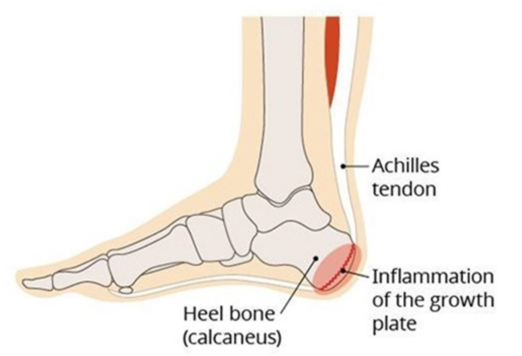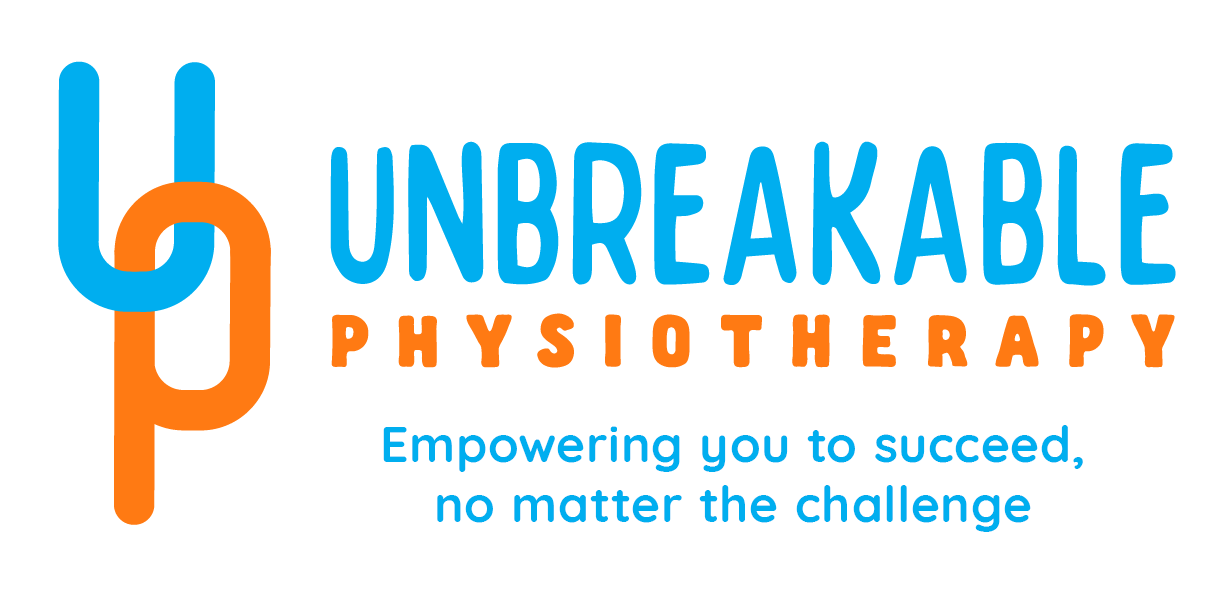Severs Disease
Severs Disease, or calcaneal apophysitis, is a very common condition in growing children – particularly those that are physically active. The most common symptom of Severs Disease is localised heel pain with activity. Symptoms are most likely to be at their worst during a child’s growth spurt. This is a similar condition to Osgood Schlatters Disease of the knee.
Pain is caused be repeated stress causing inflammation to the growth plate of the heel, at the attachment of the Achilles tendon. Thankfully these symptoms will reduce with time and are very unlikely to cause long standing issues for your child. As Physiotherapists, we are able to help manage your child’s symptoms so that they can continue to participate in the activities and sports that they love. Early treatment is the best way to prevent your child’s pain increasing and requiring them to miss out on physical activity.

Common symptoms include;
- Heel pain with activity, and even rest
- Painful to touch the heel
- A limp following activity
- Tight calf and Achilles tendon
- Mild swelling at the heel
Treatment:
Thankfully there are a number of treatments that can help reduce your child’s symptoms and allow them to continue participation in whatever activities they love!
- Heel cushion pads – these can help to cushion the heel by absorbing impact from activity. This helps to reduce inflammation and stress in the heel. Our clinic has fantastic heel cushions in a variety of sizes.
- Heel lifts or shoes with an elevated heel – these will help to reduce some of the pressure placed on the growth plate.
- Managing loads – by reducing and controlling the amount of load going through your child’s growth plate, we are able to reduce the stress and inflammation placed upon it. This does not mean having to stop activity entirely! Simply managing and controlling it can make a significant difference. Depending on the severity of pain and the amount of activity your child is currently participating in, will determine how much load we will recommend to manage.
- Massage and stretching of the calf – this will help to reduce the tightness in your child’s calf and reduce the tension of the Achilles inserting into the growth plate.
- Exercises – these can help to strengthen both the calf and other leg muscles to allow the body to better tolerate the loads and stress from physical activity. This can help your child to better participate in activities with less pain.
It is important to remember the Severs Disease can recur as a child increases their physical activity or has another growth spurt. Do not be disheartened by this, rather ensure you are taking the necessary steps to reduce their pain and to allow them to continue with their activities.
If your child is suffering from heel pain, come book an appointment with one of our friendly Physiotherapist’s to ensure this is the correct diagnosis and help plan and manage their recovery.
